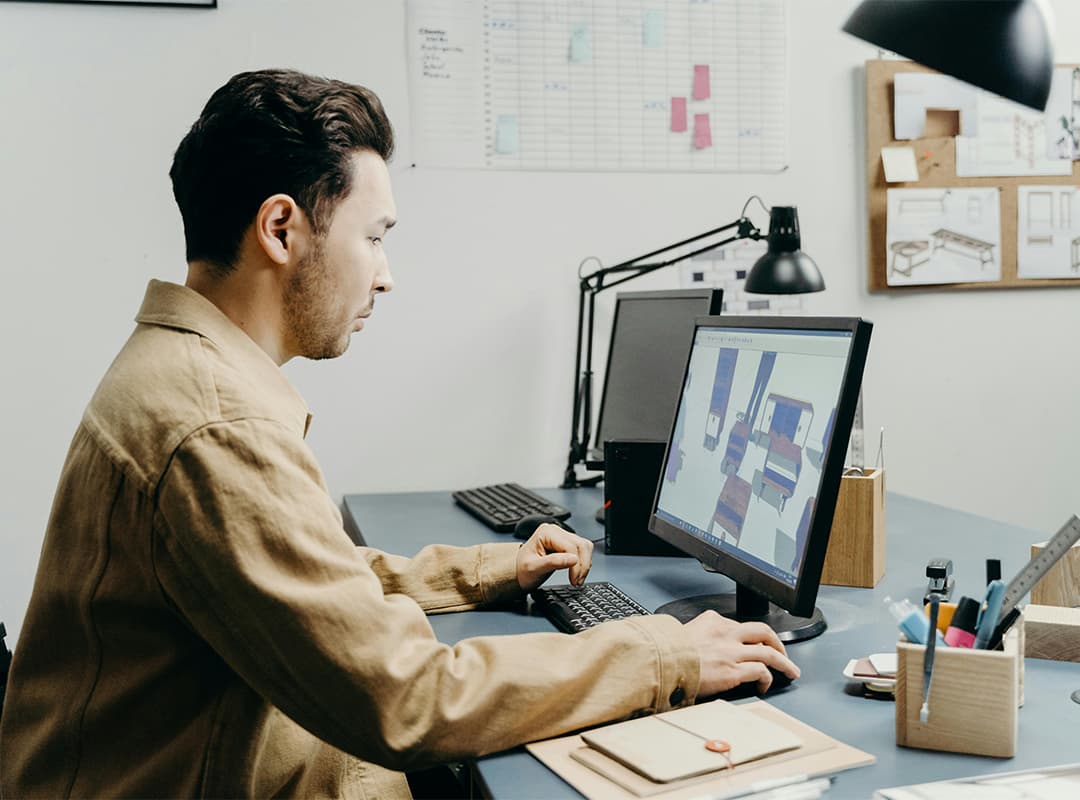3D image viewing software has revolutionized the way we interact with visual content, allowing users to explore three-dimensional representations of objects, spaces, and environments in an intuitive and engaging manner. But how exactly does this software function to create such immersive experiences? Let’s break down the key components and processes involved in 3D image viewing.
At its core, 3D image viewing software utilizes algorithms and graphics rendering techniques to interpret and display three-dimensional data. This data can originate from various sources, including 3D modeling software, photographs captured through panoramic cameras, or even 3D scans of real-world objects. The software takes this input and processes it to create a visual representation that users can navigate and interact with, whether on a desktop, mobile device, or VR headset.
Key Components of 3D Image Viewing Software
- Data Input and Formats: The first step in the process involves importing the 3D models or images into the software. This can include formats like OBJ, STL, and FBX for 3D models, or panoramic images in JPEG or PNG formats. Some advanced software, such as PM Pro, supports a wide array of formats, ensuring compatibility with various devices and imaging technologies.
- Rendering Engine: Once the data is imported, the software utilizes a rendering engine to process and convert the data into visual images. The rendering process involves calculations related to lighting, shading, and texture mapping, which help create realistic visuals. Real-time rendering allows users to interact with the 3D content seamlessly, enabling them to navigate and explore the environment without lag.
- User Interface (UI): The user interface of 3D image viewing software is designed to facilitate easy navigation and interaction with the 3D content. Users can manipulate their viewpoint using intuitive controls, such as mouse movements, touch gestures, or keyboard shortcuts. Features like zooming, rotating, and panning enhance the exploration experience, allowing users to examine details from different angles.
- Interactivity and Hotspots: Many 3D viewing applications integrate interactive elements that enhance user engagement. Hotspots can be embedded within the 3D environment, allowing users to click on certain areas to access additional information, view videos, or navigate to other scenes. This interactivity transforms a static image into a dynamic experience, making it particularly useful for applications in real estate, tourism, and education.
- Output and Sharing: Once the 3D scene is created and enhanced, users can publish and share their virtual tours or 3D images online. This can include exporting the content to web pages, mobile applications, or presentations. Modern 3D viewing software supports various output formats to ensure compatibility with different platforms, enhancing accessibility for a broader audience.
- Cross-Platform Compatibility: Many software solutions, including PM Pro, are designed to be cross-platform compatible, enabling users to view 3D content on multiple devices, such as desktops, tablets, and smartphones. This flexibility allows users to engage with the content anywhere and anytime, increasing the reach and impact of their virtual experiences.
The technology behind 3D image viewing software is complex yet incredibly powerful, enabling users to visualize and interact with three-dimensional content in ways that were once unimaginable. From importing various data formats to rendering realistic visuals and integrating interactive elements, this software opens up a world of possibilities for industries ranging from real estate and tourism to education and entertainment. As tools like PM Pro continue to evolve, they will further enhance our ability to experience and understand the world around us through immersive 3D visualizations.
